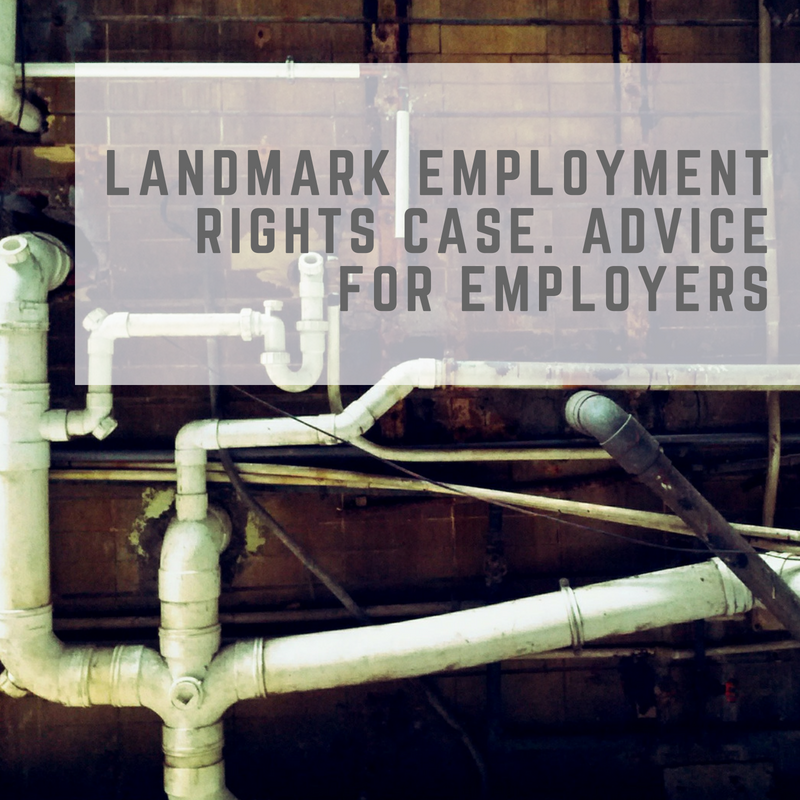Earlier this month a landmark legal case was won by Gary Smith, a plumber who worked for Pimlico Plumbers in London. Mr Smith was contracted as self-employed but argues that he should have been entitled to sick pay and was unfairly dismissed. In this blog we take a look at the case and what employers can do to ensure employment rights are correctly respected.
The Issue
Gary Smith was employed by London based Pimlico Plumbers full-time for six years. After suffering a heart attack Mr Smith had asked his employers for reduced hours. However due to his contract he was required to work a minimum amount of hours. Therefore Pimlico decided to dismiss Mr Smith. Also stated in the contract, Mr Smith was expected to wear a uniform provided by Pimlico and use a branded Pimlico van. The terms set out in the contract enabled Pimlico Plumbers to have tight control over Mr Smith. For example, during his working hours there were conditions on when and how much was paid to him (at one point described as wages) and they restricted his ability to compete for plumbing work.
Due to the many strict terms of the contract Gary argued that he should be entitled to holiday and sick pay and that he was being unfairly treated.
The Decision
The court found that although Mr Smith was contracted as self-employed he was still made by Pimlico Plumbers to adhere to their strict terms. The employment Tribunal found that Mr Smith’s relationship with Pimlico was in fact that of a ‘limb’ worker. A ‘limb worker’ is recognised as an individual who can demonstrate the personal service of the worker and that those services are being provided to a business which is carried on my someone else. This decision was upheld by the Employment Appeal Tribunal and again by the Court of Appeal last year.
This decision by the court qualifying Mr Smith as a ‘worker’ meant that he was entitled to employment rights such as holiday and sick pay. The judge stated “Although the contract did provide him [Gary Smith] with elements of operational and financial independence, Mr Smith’s services to the company’s customers were marketed through the company.”
For Employers
When employing an individual an agreement must be presented outlining the terms of employment. The nature of the contract for Mr Smith was intentionally confusing. Below we outline how you can make sure all your workers are given the correct employment status while also ensuring they receive the rights they are entitled to.
- Do you tell the individual what work to do and how to do it (even if they are left alone to actually carry out the work)? Is work provided to them by you or do they source their own work? If you control the work to be done and provide the work, they will be an employee
- How are they paid? Are they are paid a regular amount of pay at regular intervals, rather than being paid per job done? This indicates they are an employee
- Who is responsible for getting the work done? Do they have to find someone else, such as a sub-contractor or a friend, to do the work if they are unable to? This would indicate they are self-employed. Do you find someone else to do the work if, for example, they are off sick? This would indicate they are an employee
- Who provides tools and materials to do the work? Do you supply the main materials, tools and machinery, with them responsible for supplying only a few of their own tools? If yes, they are likely to be an employee.
If you would like to discuss any of the issues in this blog or would like further information then please contact us.




